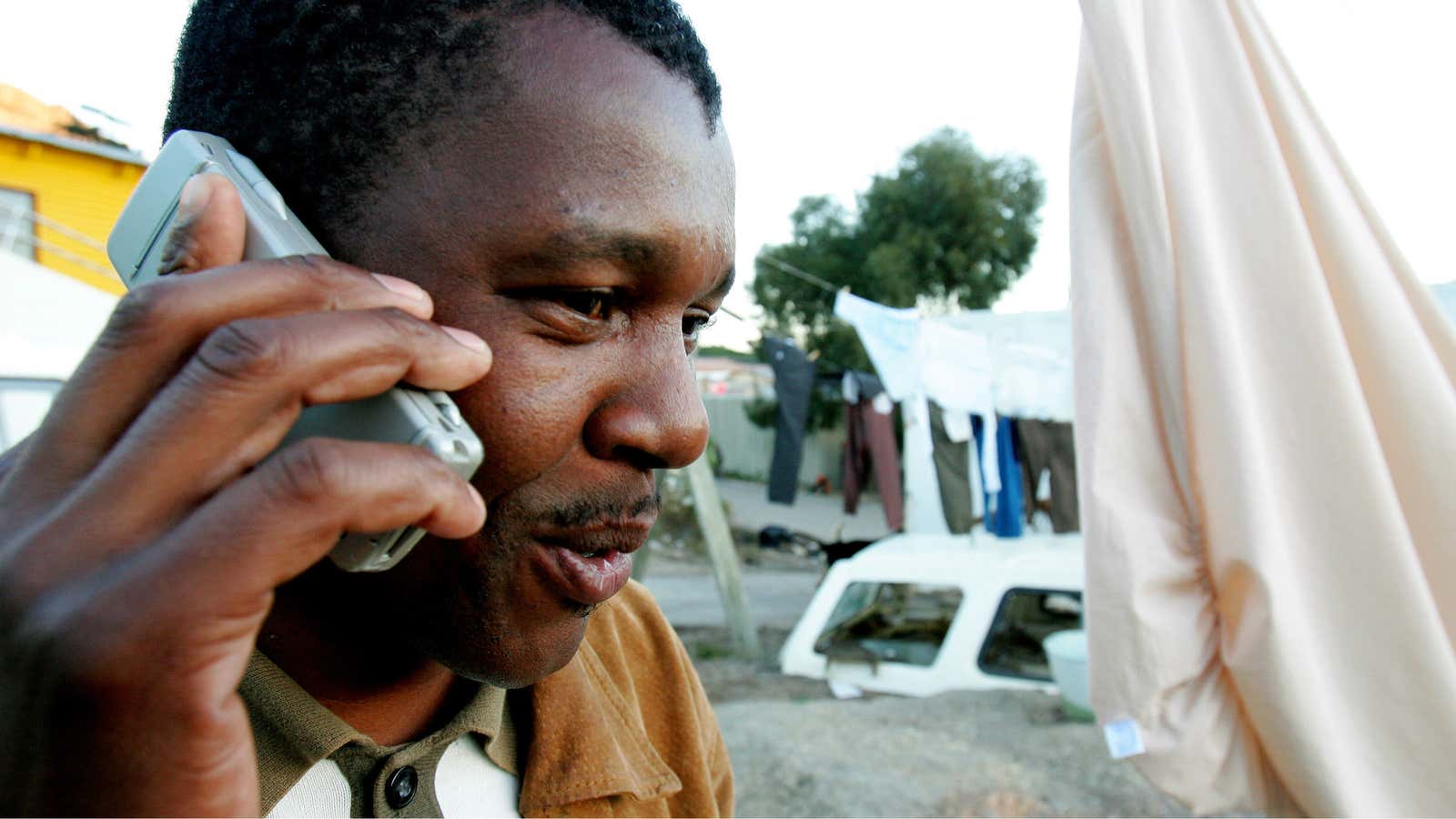After ending 2016 with 420 million unique mobile subscribers, Sub-Saharan Africa is expected to add more than 100 million unique subscribers to surpass the half a billion mark by 2020, according to a Mobile Economy report by the GSM Association (GSMA).
Much of the growth is expected to be driven by increased uptake of mobile services by currently unconnected young adults who make up to 40% of the population in several countries. DR Congo, Ethiopia, Nigeria and Tanzania are expected to account for almost half of the 115 million new subscribers to be added by 2020. At the moment, West Africa is home to the most unique mobile subscribers in Sub-Saharan Africa, accounting for more subscribers than Southern and Central Africa combined.
Projections show Sub-Saharan Africa will record a 6.2% compound annual growth rate for unique mobile subscribers between 2016 and 2020, compared to the global average of 4.2% in the same period.
The report also projects an uptick in SIM connections which continue to outstrip unique mobile subscriptions. Having reached 731 million by the end of 2016, the total number of SIM connections in the region reach nearly 1 billion by 2020—nearly double the number of unique subscribers. The variance in SIM connections and mobile subscriptions is down to a practice of multiple SIM ownership which has been prominent in the region for much of the past decade. With cheap, pay-as-you-go SIM cards widely available, users in the region have tended to own more than one as insurance against the varying coverage, price and quality of mobile networks.
Given the increased affordability, mainly thanks to Asian manufacturers, smartphone penetration has notably increased and cheaper internet costs are also driving the uptake of mobile broadband services.
But while 3G networks remain the most dominant mobile broadband connections in Sub-Saharan Africa, there’s an increasing presence of 4G networks in the region with more than 100 launched in the last five years. As of March, there were 97 live 4G networks in 39 countries across Sub-Saharan Africa, covering 28% of the region’s population, according to GSMA’s report. By 2020, around 35% of the population is expected to be covered by 4G networks—but still much lower than the global average of 78%.
